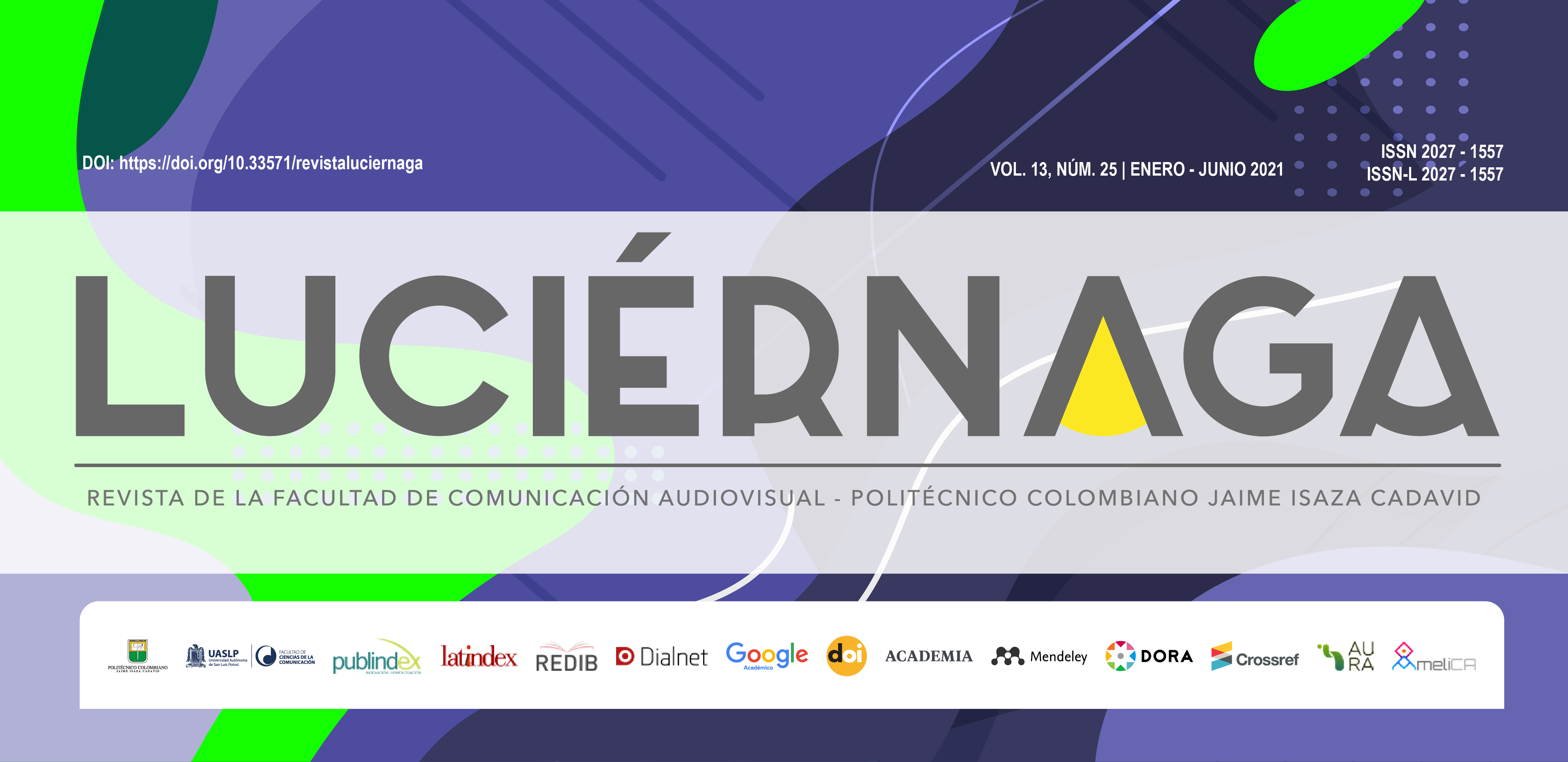Escenarios universitarios para el impulso de las mujeres en las ciencias
Keywords:
STEM, science, gender equity, empowermentAbstract
Anthropogenic climate change is one of the strongest accounts of the ability of humans to influence ecosystems on a planetary scale. This is one of the pieces of evidence that we have become the most important driver of global changes in the planet. That is why the generation of actions that contribute to the construction of a sustainable relationship with our environment is everyone’s responsibility. Promoting the participation
of women in decision-making spaces and in the resolution of these challenges, combined with the socioeconomic effects produced by the health emergency (COVID-19) demand an urgency rather than a necessity. Therefore, universities must generate scenarios that call for and highlight the role of women in different STEM areas (Science, Technology, Mathematics and Engineering). This editorial describes the actions carried out at the Universidad del Norte - Colombia.
Article Metrics
Abstract: 344References
Arteta, J., Escudero, R., Ramos, A., Miranda, J. C., Darío, C., Roque1, L., & Andrea, M. (2012). SÁBADO DEL DOCENTE”: INVESTIGACIÓN, INNOVACIÓN Y CAMBIO EN LA ENSEÑANZA DE LAS CIENCIAS. EDUCyT, Extraordin, 1–23.
Duque Gutiérrez, M., Hahn, J., Arteta, J., Molinares Hassan, V., Bifani-Richard, P., Sánchez Bernal, M., &
Bustillo, C. (2018). Mujer y biodiversidad: una estrecha relación con la vida (2018 Universidad del Norte Editorial (Ed.); primera). http://hdl.handle.net/10584/8089
Duque, M., Gómez, C. M., Cabrera, J. A., & Guzmán, J. D. (2018). Important medicinal plants from traditional ecological knowledge: the case La Rosita community of Puerto Colombia (Atlántico, Colombia).
BLACPMA, 14(4), 324–341. https://core.ac.uk/download/pdf/162596400.pdf Flax, L., Korthals Altes, R., Kupers, R., & Mons, B. (2020). Greening schoolyards - An urban resilience perspective. Cities, 106, 102890. https://doi.org/https://doi.org/10.1016/j.cities.2020.102890
Hase, T., Lampard, K., & Bouchenoire, L. (2015). XMaS inspiring women into scientific careers. Materials Today, 18(7), 356–357. https://doi.org/https://doi.org/10.1016/j.mattod.2015.07.003
House of Commons Science and Technology Committee. (2014). Women in Scientific Careers-HC 701: Paperback. February. http://books.google.com/shl=en&lr=&id=uoPRMcyaDTwC&oi=fnd&pg=PA3&dq=House+of+Commons+Science+and+Technology+Committee+Women+in+scientific+careers&ots=0Xk5lIdRo3&sig=uqpEeh5SX2-TpJ3y5L-Yq52ozR0
Housri, N., Cheung, M. C., Koniaris, L. G., & Zimmers, T. A. (2008). Scientific impact of women in academic surgery. The Journal of Surgical Research, 148(1), 13–16. https://doi.org/10.1016/j.jss.2008.02.015
Mahmoudi, M., Poorman, J. A., & Silver, J. K. (2019). Representation of women among scientific Nobel Prize nominees. The Lancet, 394(10212), 1905–1906. https://doi.org/https://doi.org/10.1016/S0140-6736(19)32538-3
Mazutis, D., & Abolina, E. (2019). The Five I Model of Sustainability Leadership: Lessons from the Zibi One Planet Living sustainable urban development. Journal of Cleaner Production, 237, 117799. https://doi.org/https://doi.org/10.1016/j.jclepro.2019.117799
Piasecki, M. E., Mutluay, M., Kattadiyil, M. T., & Koka, S. (2020). Leadership diversity in prosthodontics: The number and percentage of women speakers at recent annual scientific meetings of prosthodontic organizations. The Journal of Prosthetic Dentistry, 123(3), 461–465. https://doi.org/https://doi.org/10.1016/j.prosdent.2019.05.015
Platoni, K., Triantopoulou, S., Dilvoi, M., Koutsouveli, E., Ploussi, A., & Tsapaki, V. (2018). Participation of women medical Physicists in European scientific events: The European experience. Physica Medica: European Journal of Medical Physics, 46, 104–108. https://doi.org/10.1016/j.ejmp.2018.01.008
Published
How to Cite
Issue
Section
License
Copyright (c) 2021 Luciérnaga Comunicación

This work is licensed under a Creative Commons Attribution-NonCommercial-ShareAlike 4.0 International License.
Aquellos autores/as que tengan publicaciones con esta revista, aceptan los términos siguientes:- Los autores/as conservarán sus derechos de autor y garantizarán a la revista el derecho de primera publicación de su obra, el cuál estará simultáneamente sujeto a una licencia de Creative Commons Atribución – No comercial – Compartir igual
que permite a terceros compartir la obra siempre que se indique su autor y su primera publicación en esta revista. - Los autores/as podrán adoptar otros acuerdos de licencia no exclusiva de distribución de la versión de la obra publicada (p. ej.: depositarla en un archivo telemático institucional o publicarla en un volumen monográfico) siempre que se indique la publicación inicial en esta revista.
- Se permite y recomienda a los autores/as difundir su obra a través de Internet (p. ej.: en archivos telemáticos institucionales o en su página web) antes y durante el proceso de envío, lo cual puede producir intercambios interesantes y aumentar las citas de la obra publicada. (Véase El efecto del acceso abierto)
- Luciérnaga-Comunicación no cobra tasas o cargos a Autores o colaradores por la recepción, revisión o publicación de artículos (APC -Article Processing Charges/ publication fee).













